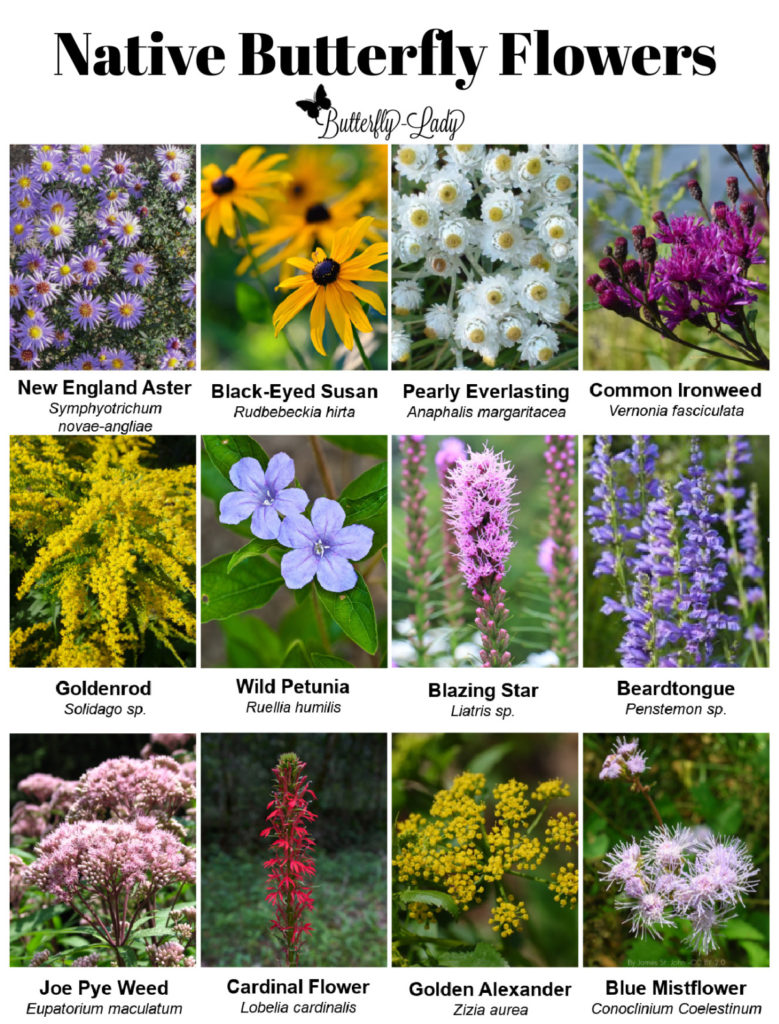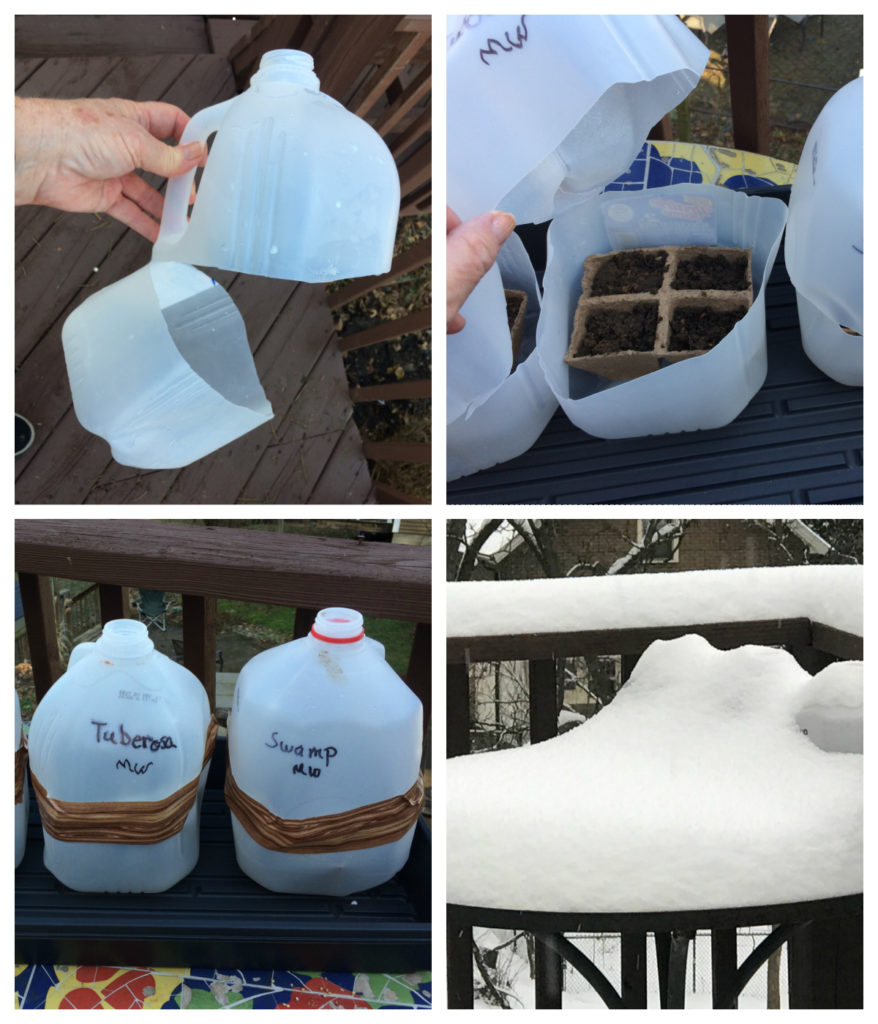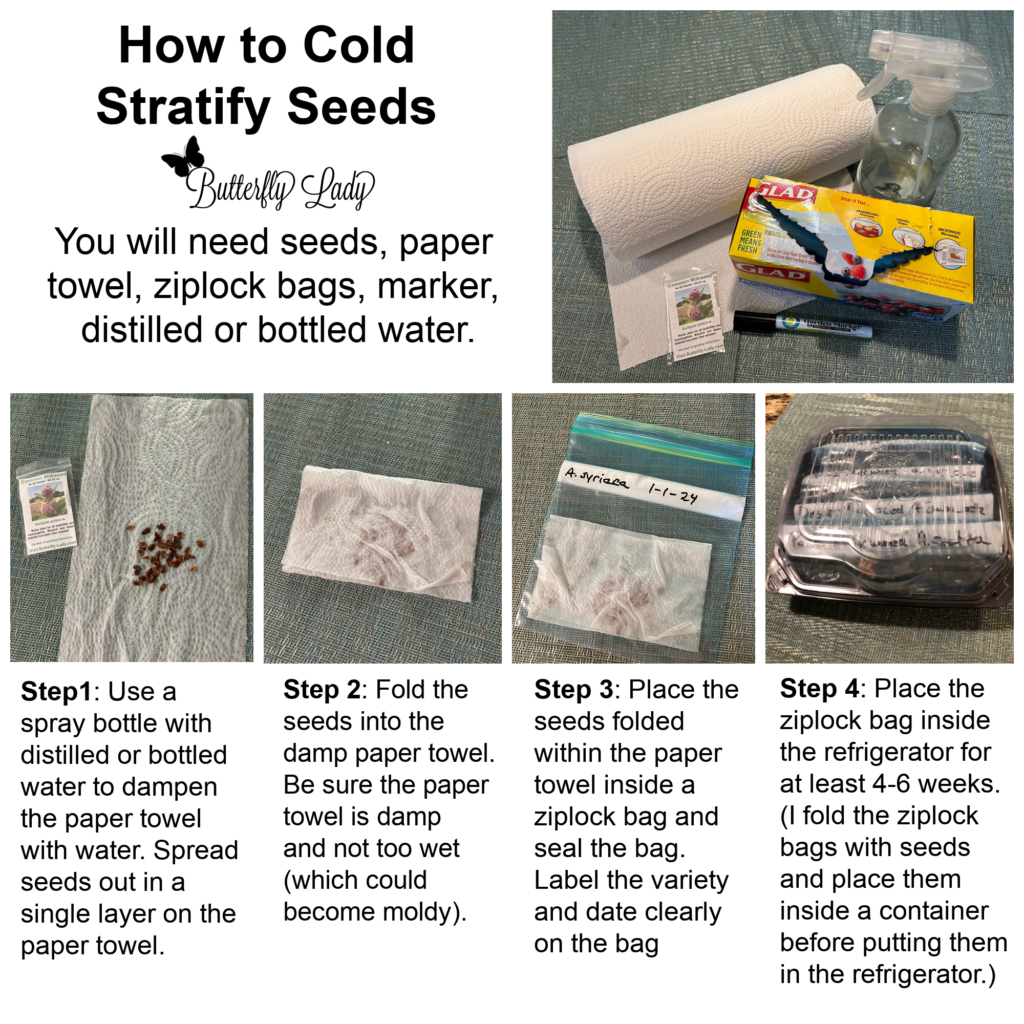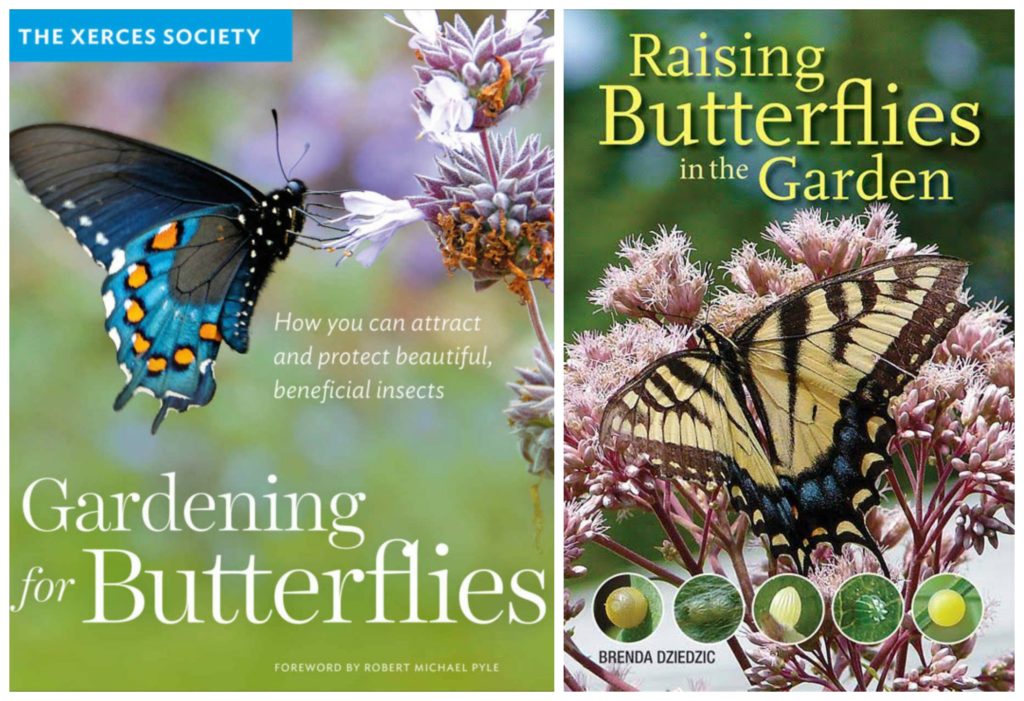My friend Wendy Williams, author of the book The Language of Butterflies, asked, “Christmas is over. When do we get to the Good Stuff? When does Butterfly Season finally start?” Fortunately for me because I live in south Texas, and for others who live in temperate and tropical climes, butterfly season never ends. We get to enjoy seeing many different species of native butterflies throughout the winter.


Even if you live where winter weather prevails, there are also many butterfly exhibits where you can enjoy seeing beautiful tropical butterflies year-round in the United States and Canada.

I also would like to argue that the butterfly season never ends even where it snows. Many butterflies that live in cold climates spend the winter as caterpillars, while almost as many spend the winter as pupae. A few species, mainly the California Tortoiseshell (Nymphalis californica), Mourning Cloak (Nymphalis antiopa), and Comma (Polygonia comma) spend the winter as adults, hibernating in holes in trees, in crevices in man-made structures, or in other shelters. A very few species spend the winter as eggs. By leaving autumn leaves un-raked and yards a little messy with debris, we allow safe places for them to snooze the winter away.

Winter is the perfect time of year to start planning your garden for the butterflies! If you enjoy seeing butterflies in your garden, then you not only need to plant flowers that feed the adults but also plant host plants that will feed the caterpillars of those butterflies.

Many seeds, especially native milkweeds and native perennials, need to be cold-stratified for 3 to 6 weeks. If you live where it snows, I think the easiest way to cold stratify seeds is using the milk jug method.

Seeds can also be cold stratified in the refrigerator. Simply place the seeds on a wet piece of paper towel or sand inside a plastic container or Ziplock bag and place them in the refrigerator. Leave them there for 3-6 weeks or until you are ready to plant them.

There are many excellent books available as well as online resources to help you learn about the butterflies native to your area and the plants that will attract them. Start finding out about different plants and trees so that you will know what to plant to create a habitat for the butterflies. Start making a list.

Take an online course on “Creating a Butterfly Garden” by Jessica McAtee. In this free course you will discover what butterflies live in your corner of the planet and how you can attract them and understand what butterflies require to survive. With a healthy mix of science and silliness, she teaches people how to attract butterflies to their landscapes. Thousands of folks have taken her advice to create or enhance their outdoor butterfly retreats. From healing gardens to pollinator stops she has happily shared her knowledge of butterflies. She is a butterfly author, speaker and conservationist.

